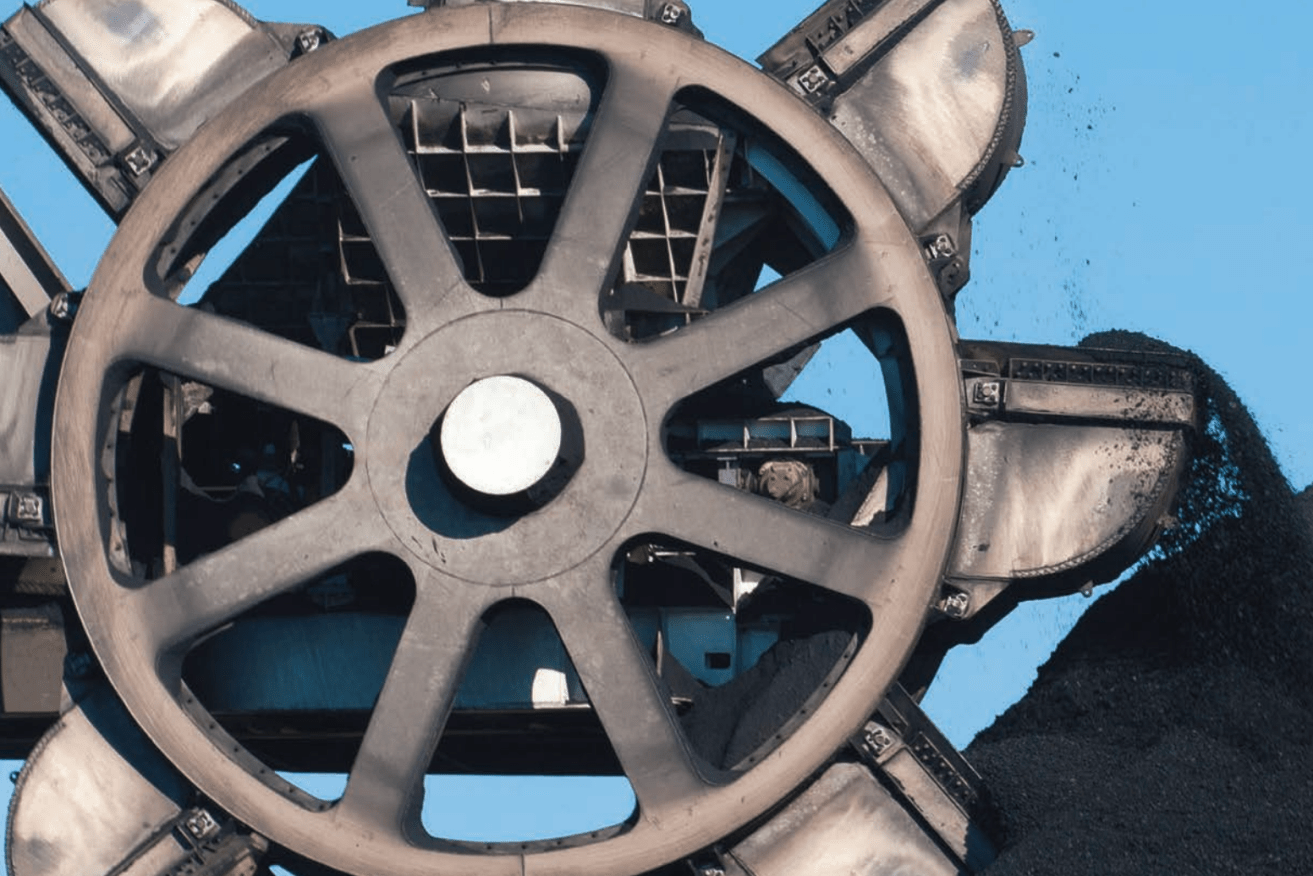Queensland coal export values to tumble, some mines may close
The Federal Government has forecast a massive downturn in export revenue from the coal sector with the potential for high-cost mines to close as global demand for steel shrinks.


Emissions from the Bowen Basin could be dramatically reduced
In its December quarter report, the chief economist of the Department of Industry, Science, Energy and Resources said metallurgical coal exports were forecast to fall by $26 billion from $48 billion in 2019-20 to $22 billion in 2020-21 and recover to $27 billion in 2021-22.
And it warned that the La Nina weather pattern could restrict exports further if central Queensland mines were affected by flooding.
“The overriding risk to the outlook for prices is a scenario in which China’s informal import restrictions on Australian coal extends beyond the end of the quarter and into 2021,” the report said.
“In such a scenario, prices would stay low for longer, as Australian exporters take time to adjust. Australian exporters in this scenario will need to find customers in other countries to buy up to 3–4 million tonnes a month of metallurgical coal, and as other exporting countries have to redirect 3–4 million tonnes a month to China to meet the needs of its growing steel industry.
“China’s steel industry would likely face a particular challenge in obtaining the higher-grade hard coking coals in sufficient quantities. Indications of coal trade realignment started in the December quarter, with additional Australian cargoes delivered to Indian ports and other Asian customers in response to uncertainty regarding Chinese policy.
“To fill the gaps caused by restricting Australian coal, other exporters such as Canada’s Teck Resources are diverting sales to China where possible.”
The report said export volumes were expected to decline due to lower global demand for metallurgical coal, with some Australian miners announcing production cutbacks or temporary closures, and the potential for further announcements to follow given the disruption caused by Chinese import restrictions.
“However, there are a number of factors that reduce the risk of widespread mine closures in Australia. These include ‘take-or-pay’ contracts with rail and port operators, contracted export sales, and the costs associated with moving to care and maintenance.
“About two-thirds of Australian metallurgical coal exports are hard coking coal, while the remaining third is composed of pulverized coal for injection (PCI) and semi-soft coking coal.
“Most Australian HCC producers appear to be relatively well-positioned at current spot prices. Semi-soft coking coal and PCI miners seem to be at higher risk of operating losses.
“Some mines — like Bluff PCI Mine in the Bowen Basin — have gone into ‘care and maintanence’ citing their intention to halt production ‘while the coal price remains below economic levels and uncertainty remains regarding Chinese Government policy relating to Australian metallurgical coal imports’. On 19 November 2020, that mine’s contracted operator, MACA, called in receivers to commence debt recovery against the owner.
The report said a recovery in world economic activity and news of a potential COVID-19 vaccine had improved the outlook for Australia’s energy and resource commodity exports from its last report in September.
“Total resource and energy exports are forecast to reach $279 billion in 2020–21, supported by record high iron ore and gold prices, as well as price recovery in base metals. This strength is driven by tight iron ore markets and safe haven demand for gold in uncertain economic times,’’ it said.
“Going forward, recovering world supply and stabilising economic conditions are expected to see both iron ore and gold prices retreat, leading to a fall in export earnings. In 2021–22, resources and energy exports are forecast to be $264 billion.
“LNG spot prices have been restored and oil prices have stabilised, however export earnings for both commodities are forecast to fall, before partial recoveries in 2021–22. After a tumultuous 2020, ongoing low price pressure and reduced volumes are expected to weigh thermal coal exports over the outlook period.’’
The report said coal producers had already started cutting back production.












